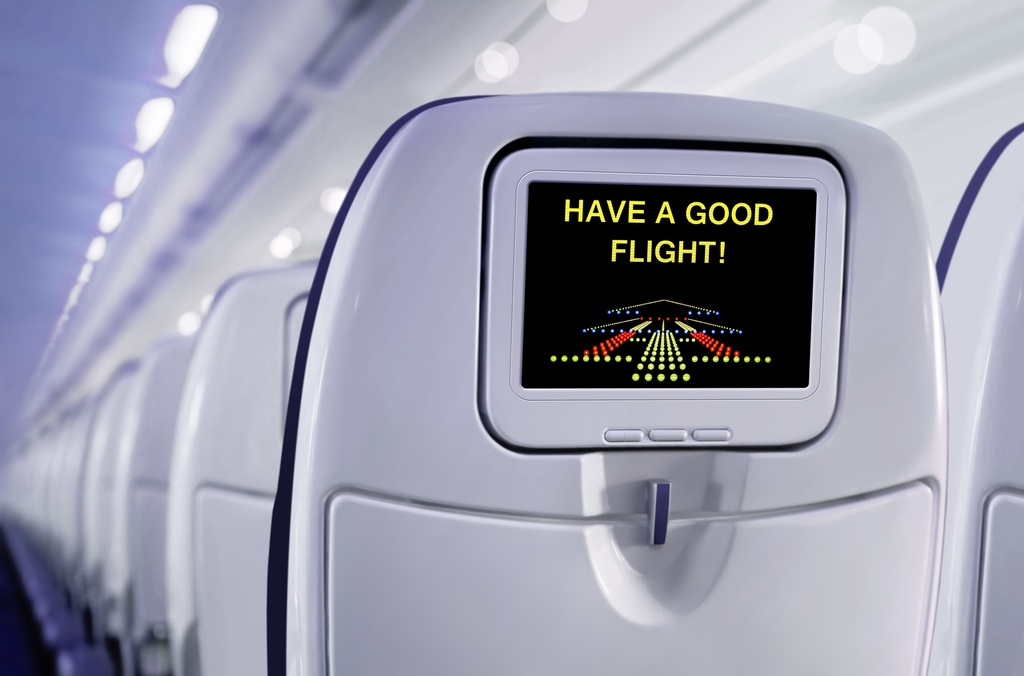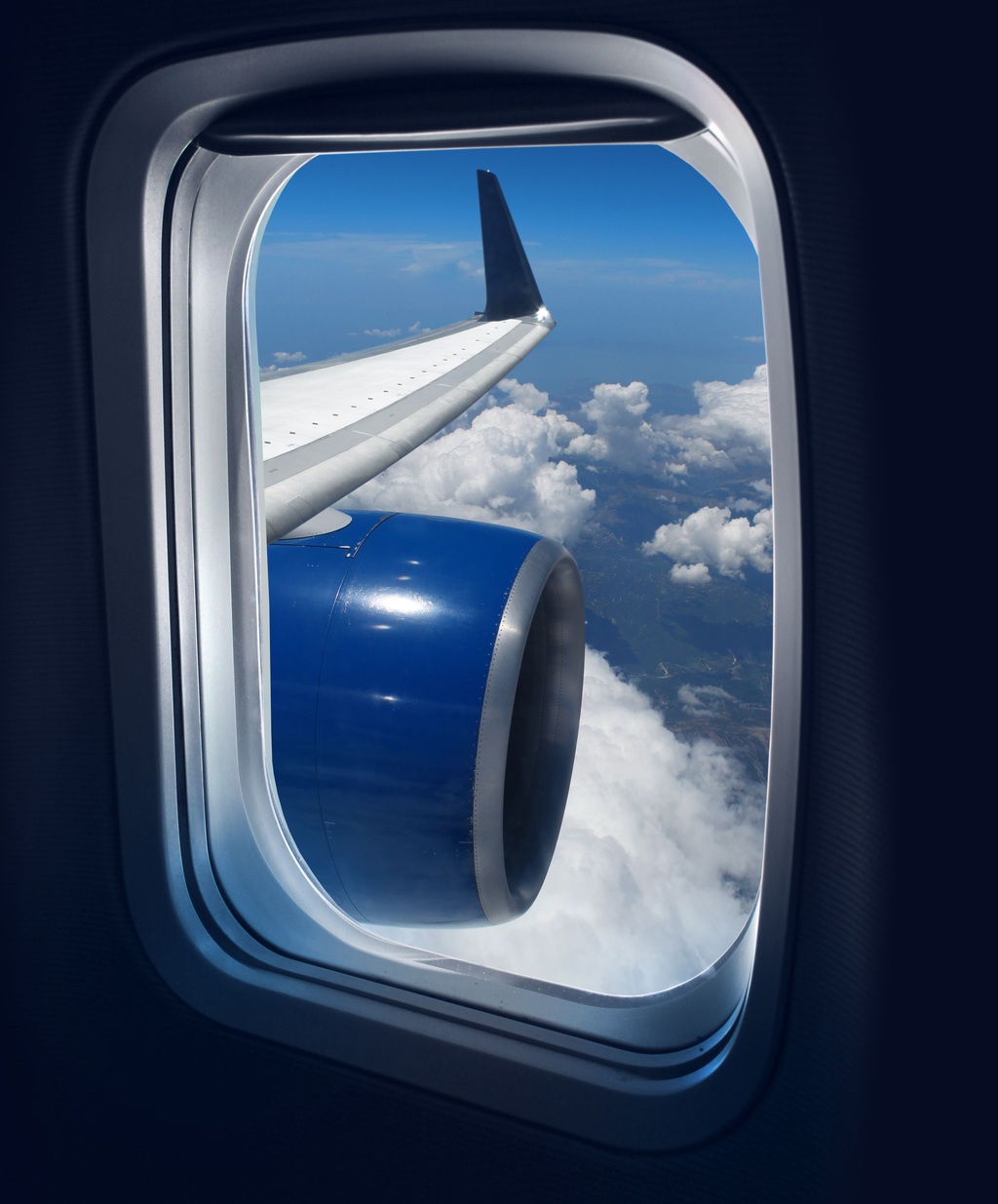The safe way to fly

The Aerospace Technology Institute’s lead technologist, Dr Kiran Harish looks at how cabin technologies and measures all form part of the solution for biosafe air travel.
What are some of the challenges faced by aviation in relation to Covid-19 measures as air traffic recovers post the pandemic?
Many measures introduced to mitigate risks associated with the Covid-19 pandemic may not be sustainable as air traffic recovers. For example, the end-to-end air travel system does not lend itself to physical distancing. Physical distancing measures would need larger airport infrastructures to accommodate passengers (50% larger passenger check-in area, 100% larger security check area and 35-50% larger boarding gates area). This is a big challenge requiring improvements to the throughput of the air travel system through creating larger spaces, leaner procedures and adopting innovative technologies.

There are challenges posed by ensuring improved ambient conditions (e.g., ventilation), adherence to basic hygiene measures, crowd control and enhanced cleaning of all potentially contaminated surfaces and addressing these will need adoption of digital and automation technologies.
In the aircraft cabin environment, a combination of operational procedures, technologies and continuing passenger briefing will all be part of the solution for biosafe air travel.
The travelling public will expect the aviation industry to invest in preventive measures. Failure to do this will impact passenger confidence in air travel not only whilst Covid-19 is prevalent but for any future pandemic or epidemic.
What are some of the potential aircraft cabin technologies and measures that can help mitigate transmission risks?
Many of the technologies are at varying levels of technological maturity and effectiveness in mitigating risk of transmission. Any new on-aircraft technology requiring modification of the aircraft would need to be certified, meaning it would be some time before these technologies could be deployed.
Direct prevention measures such as detection and isolation of pathogen spreaders, cabin/seating dividers, PPE, and encouraging personal hygiene precautions are the most effective means of reducing transmission risk.
Indirect prevention measures such as control of ambient conditions (e.g., air treatment, ventilation, surface cleaning and disinfection) and avoiding contact with contaminated surfaces are less effective in limiting transmission.
Some of the technologies are briefly described below based on the technology maturity and effectiveness.
More mature approaches:
Highly effective: PPE kits - provided at the boarding phase protect passengers and mitigate risk of transmission. These are substitutes for social distancing in the cabin where it is not possible to do so physically. PPE kits also ensure consistent standardisation of material used on board.
Moderately effective: Cabin air quality and flow - optimum circulation of air flow is one of the ways to reduce the risk of transmission. The use of HEPA filters in aircraft cabins is highly effective in cleaning the air, but it takes a few minutes for the air in the cabin to be refreshed and re-circulated and in this time, areas of the cabin can become contaminated. Therefore, use of HEPA filters does not fully prevent indirect transmission of circulating pathogens, especially during boarding, and during flight.
Anti-microbial coatings. These can kill the virus on surfaces in the aircraft cabin and mitigate the transmission risks by contact with possibly contaminated surfaces. However, there is little evidence in long-lasting disinfection effectiveness and the coatings can also cause potential damage to the surfaces of the components they are applied to.
Less mature approaches:
Highly effective: Seat/headrest dividers - These are very effective in reducing transmission risk exposure and a potential mitigation for limited social distancing on board. However, they add weight and can affect air circulation. They require certification (crash and fire tests) which can take a substantial time and the fitting process can be time consuming. They may also have a negative psychological effect on passengers.

Sensor activated hand sanitiser stations in cabin - Despite being widely used and adopted, aircraft installation requires certification, including fire tests for liquid/gel carried on board.
Moderately effective: Air curtains, termed air blade or air shield, are under development to orientate the air flow such that any droplets’ travel range is reduced, and this reduces risk of transmission.
Touchless aircraft lavatory - Hands-free lavatories can boost passenger confidence, eliminating direct and indirect contact. They can include sensors to activate the sink, water flush, soap, hand sanitiser and litter bin. However, they will increase aircraft weight and require lengthy certification (due to crash and fire test requirements) and time-consuming aircraft retrofit.
Low density seating - new seating layouts could result in a less dense configuration, increasing distance between passengers. This is not commercially viable in the short term, but innovative designs can be applied to new aircraft conceptual designs.
Electrostatic disinfection sprays - Spraying a surface with electrostatically charged particles can create a temporary protection coating. Periodic use can sustain bacteria/virus-free surfaces.
Portable IFE - This transforms the concept of IFE (In-Flight Entertainment) to in-flight engagement, giving passengers the flexibility to stream content onto their personal devices and use them to control IFE screens and interact with air crew to order meals/seek assistance.
UV disinfection of cabin interiors – there are now ranges of hand-held and trolley mounted mobile UV disinfection systems available for use in sanitising aircraft interiors. These systems are effective when used in combination with thorough physical surface cleaning. Effectiveness is also dependent on the frequency of UV cycles, duration of exposure and distance of the UV source from surfaces being treated. As UV radiation can be harmful to passengers, it should be directed only to those surfaces of interest, typically during aircraft turnaround. Barriers to entry include lack of scientific validation of its effectiveness in cabin interiors, re-design of processes and procedures for cleaning and disinfection, and training to personnel.
Touchless seat controls - reduces surface contact. However, requires significant changes to seating.
Where does the UK stand from a supply chain perspective with regards to these potential aircraft cabin technologies?
The UK supply chain is well-positioned and competitive for technologies such as antiviral coatings, electrostatic disinfection sprayers, PPE kits, cleaning and disinfection product supplies and seat/headset dividers.
The UK supply chain is less mature in other technologies, and this is an opportunity for future growth. These technologies include UV-C aircraft cabin disinfection, low density seating layouts, cabin touchless lavatories, air flow control systems, and portable IFE.
The UK’s highly capable aviation industry has the opportunity to emerge from the Covid-19 pandemic by being at the forefront of prevention and mitigation of the risk of future infectious disease outbreaks, through building on its existing strengths and developing new capabilities in areas identified in our study.













